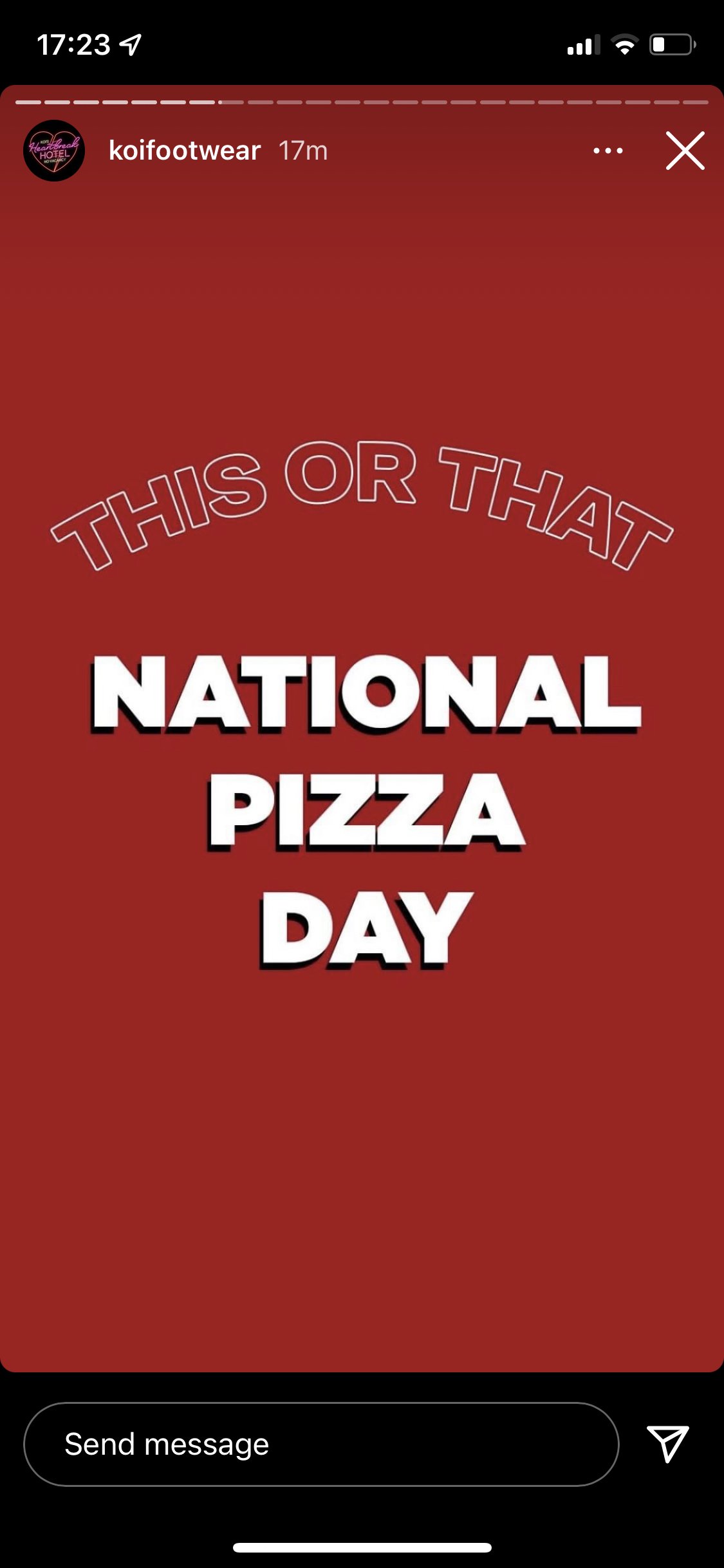Social Media Polls: To Be or Not to Be?
/Social Media polls. Whether you love them or hate them, find them useful, or annoying – businesses (and personal accounts too) clearly find them useful because of the abundance of polls we see every day on popular social media applications.
You would not have needed to be online 24/7 the last few years to witness an online poll – they are increasingly commonplace.
If you have not, they look like this, differing slightly dependent on the app.
Instagram, for example, has lots of customisation options as they are often placed on the top of images on Instagram stories.
When did polls emerge on social media?
LinkedIn originally scrapped polls in 2014 but brought them back in 2020. Twitter on the other hand introduced the poll feature in 2015, and then Instagram introduced its own polls in 2017, along with Facebook.
What are the benefits of using polls?
1. They are interactive and require minimal effort for users
The first benefit of social media polls is their interactive, conversational nature. Your audience may be more likely to engage in a question that has only two options, requiring minimal effort to answer.
This is different than creating a complex post and asking your audience to engage in the comments (which does not always gain the attention you desire or answer your question). This is efficient for both parties.
2. They encourage engagement
Having your audience genuinely engage with your business is important. According to Hootsuite, 57% of people like seeing polls and quizzes from brands on Instagram. They are therefore more popular than they are disliked – and any responses to your polls may also lead the individuals who answered to look further at your account, driving more traffic to your page.
Additionally, engagement is likely because audiences may be curious about which answer got more attention (I know that I enjoy seeing what the general consensus is)!
3. Free feedback and market research
Although there are of course other ways to research your target audience, having your audience answer questions is a quick and easy way to discover what your audience’s opinions are. There is a feeling of anonymity to social media polls – quite literally on Twitter, where you cannot see who answered but you can see the results. This means there are two options when it comes to research, you have more data available on Instagram, whereas on Twitter you get to see which answer was picked the most. Both options are useful for free, quick feedback.
This example from Koi Footwear shows them responding to a National Day – something unrelated entirely to their company. This, however, suits their brand personality as they generally target younger teen and adult audiences, so this appears slightly comedic and playful, and ultimately gets to know the audience on a personal level.
4. Can Influence Opinions
Asking your audience questions can also influence their opinions, of your business and the question you are asking. It could suggest you are a person-focused, ‘human’ business that cares about audience opinions.
It could also start a larger conversation about what you are asking, possibly leading to more content for your account, and circling back to ultimately, more engagement and traffic.
Some tips for creating social media polls
1. Firstly, it is advised that ‘brands should embrace social media, but maintain the core values of the company’
While polling can be instrumental in getting an idea of your audience’s opinion, it is important to not let audience opinion sway you away from your goals and values as a business. It should help develop your business, not hinder.
2. Find out about your audience and don’t be scared to make it light.
It might be useful if your tone is conversational, and even fun like the example used above. It is okay to be informal and really get to know your audience.
3. Involve your audience in the decision making!
Obviously, don’t do anything too drastic, like we have mentioned, but if an audience can see real change in response to their opinion, you may build up a loyal following.
So, should I use social media polls?
Pardon the pun, but we vote yes! You cannot lose using polls – and you don’t need to overuse them for them to be effective! Regardless of whether they start any conversations, they will always be a bit of free market research.
By Rozz Cottrell






